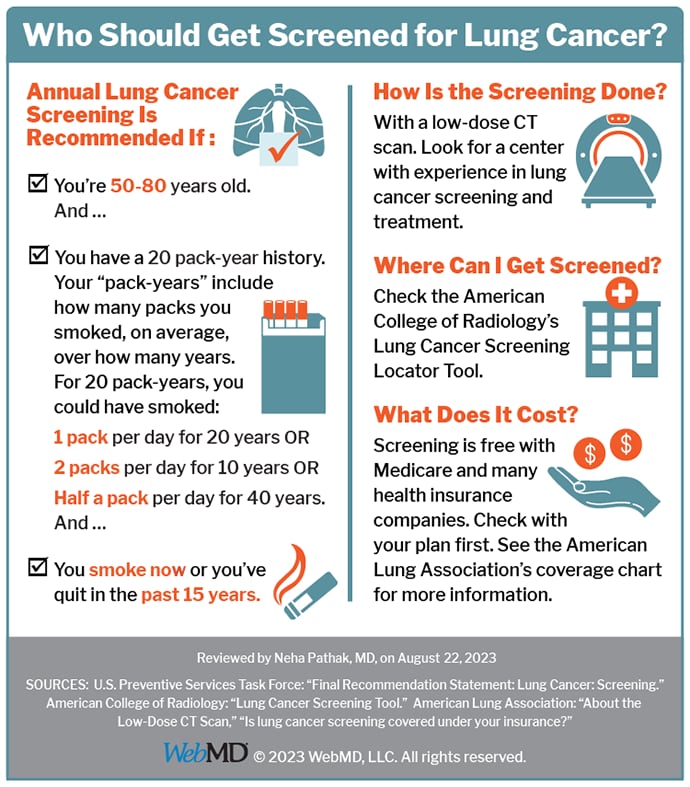Catching a Killer
Millions Are Missing Out on Lung Cancer Screening

Marcy Duncan hadn’t fully healed from her surgery for stage I breast cancerwhen she and her boyfriend met with her oncologist in the spring of 2022. She expected to discuss radiation and other next treatment steps. But her doctor raised a more serious concern, rolling his chair a bit closer to the couple before starting to speak.
After that, Duncan’s memory is a bit hazy. Did he say that testing had found a mass, or did he mention the possibility of lung cancer specifically? She remembers hearing its size: 8 centimeters. But she pictured 8 inches instead. How, she wondered, could something so large even fit inside her lungs?
The room grew very quiet. “Thank God I had somebody with me,” she says. “We were in shock — it was definitely shock.”
The U.S. Preventive Services Task Force recommends that older adults who smoke and some former smokers get screened every year with low-dose computed tomography (CT). That recommendation has been in place for a decade. More than 14 million U.S. adults qualify. But only 5.8% of them got screened in 2021, American Lung Association data show.
The result: Many lung cancers are still caught as Duncan’s was: essentially by chance, not by regular screening.

[Editor’s update: The American Cancer Society has separate lung cancer screening guidelines. On Nov. 1, 2023, the Society updated its guidelines, saying that people who have ever had at least a 20 pack-year smoking history are eligible to get yearly low-dose lung CT screening, regardless of how long ago they quit smoking.]
Lung cancer kills more U.S. men and women than any other type of cancer: about 127,000 people each year. Too often, it’s found too late.
That’s what had happened to Duncan’s father, who died at age 66. His lung cancer was as “big as a grapefruit” when it was discovered, Duncan says. Her oncologist had pressed Duncan to get the lung scan, in part because of her family history and also because she herself had smoked for decades.
Only 1 in 5 lung cancers are diagnosed before they’ve spread to the lymph nodes or beyond. Although treatments have improved, the odds are still best in the earliest stages.
Far more people get screened for other cancers. More than 70% of eligible adults, for instance, keep up with mammography and colon screening.
Why the lag? Cancer doctors and screening advocates blame a mix of reasons. The lung cancer guidelines are more complex than for breast or colon screening, which is based primarily on age. Some people don’t live near a screening program. Or they don’t understand the life-saving payoff. When a CT scan detects lung cancer in its early stages, 80% of people can expect to live at least 20 years, researchers reported last year.
Too often, though, people incorrectly view lung cancer through a fatal prism, says Timothy Mullett, MD, a University of Kentucky lung cancer surgeon who co-leads an effort to boost prevention and early detection throughout that state. “Why should I look for a disease that’s only going to kill me?” he says some people may think.
